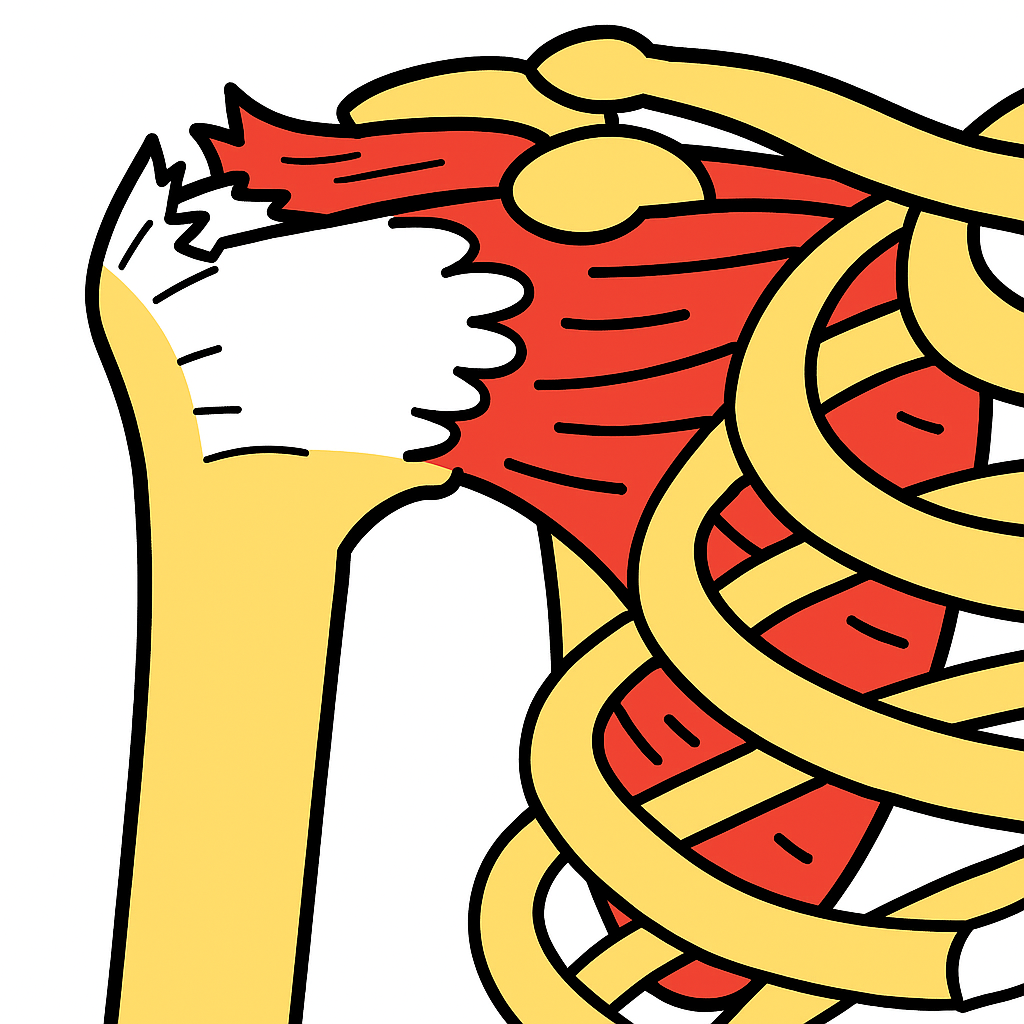
If you’ve recently had rotator cuff surgery or are planning one, the next critical step is rehabilitation. But not all rehab plans are the same. In fact, there’s a growing conversation around whether to start moving early or follow a more cautious, traditional approach. Let’s explore the research findings—especially for patients here in Hillsboro, Beaverton, Portland, Forest Grove, and nearby areas.
🏁 Two Common Recovery Options
- Early Rehabilitation Protocol (EP): Involves starting passive range-of-motion (ROM) exercises—like pendulums and gentle stretching—within the first few days after surgery.
- Traditional Rehabilitation Protocol (TP): Delays motion for several weeks, with a focus on protecting the repair and allowing time for healing before starting strengthening.
🔍 What Does the Research Say?
A recent umbrella review of 19 systematic reviews found the following:
- Pain relief: There was no consistent advantage between early and traditional rehab. Some studies noted slightly less pain in early rehab early on, but these differences did not persist long-term.
- Range of motion: Early rehab was associated with slightly quicker improvements in shoulder motion during the first 3–6 months—but this benefit evened out by 12–24 months.
- Strength and function: No significant differences were found long-term.
- Risk of retear: Early rehab may increase the risk of retear, particularly in larger rotator cuff tears (>5 cm).
⚠️ Should You Choose Early Rehab?
That depends. According to the evidence:
- Early rehab may offer reasonable short-term improvement in motion and even potentially improve long-term outcomes.
- Traditional rehab offers a more conservative approach that may reduce the risk of re-injury for larger or more complex repairs.
🗺️ The Best Approach Is Individualized
In clinics across Hillsboro and the surrounding areas, physical therapists should tailor rehab protocols to each person’s tear size, healing response, lifestyle, and medical history. There’s no one-size-fits-all answer—what works for one patient may not be ideal for another.
Disclaimer: This post is for educational purposes only and should not be taken as medical advice. Please consult your surgeon or physical therapist for guidance tailored to your case.
